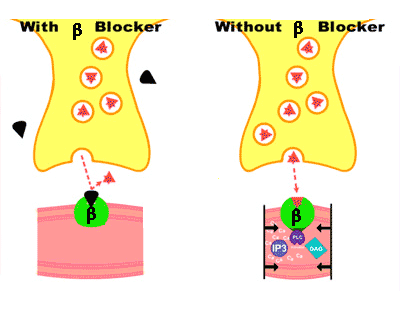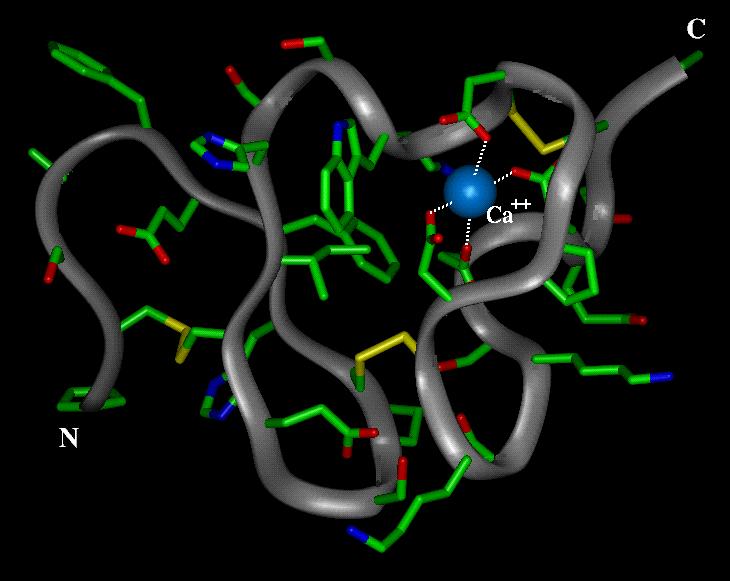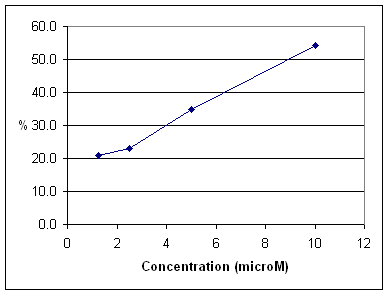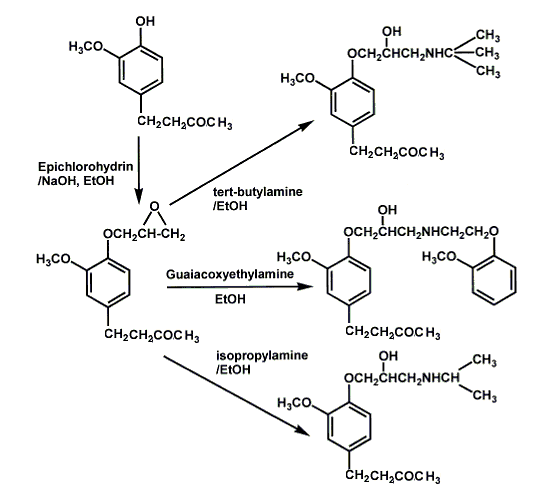

|
|
Medicine
Herbal Properties
Ginger has several medicinal properties as stated in the introduction. These properties come from the properties of zingerone. As stated in the historical section, Asian cultures have used it for centuries. Chinese scientists have experimentally determined that ginger has the ability to "strengthen" the stomach while acting as a mild stomach and intestinal stimulant. This has the direct consequence of preventing vomiting. Animal experiments have also shown analgesic and anti-inflammatory activity. In India, the root of ginger have been known for its distinct medical products and therefore as a home remedy. It has been used for cold-induced disease, nausea, asthma, cough, colic, heart palpitation, swellings, dyspepsia, loss of appetite, and rheumatism. Japanese research indicates that ginger has a tonic effect on the heart. It has been found to lower blood pressure by restricting blood flow in peripheral areas of the body. Further studies show that ginger can lower cholesterol levels by reducing cholesterol absorption in the blood and liver.
Antioxidant

Lipid oxidation and its prevention by antioxidants is a subject of concern to diverse fields of research. Their benefits have been demonstrated in many clinical investigations. Zingerone is an example of an β-adrenoceptor blocker. These β-adrenoceptor blockers have been found to inhibit lipid oxidation in canine and swine models and it has been suggested that the inhibition of lipid oxidation may provide additional cardioprotective effects for β-adrenoceptor blockers. The use of β-adrenoceptor blockers (an example of which is zingerone) is well established in the treatment of various cardiovascular disorders.
In a recent paper published in Bioorganic & Medicinal Chemistry, Zingerone present in Zingiber officinale (ginger), was tested with a biologically relevant system of human aortic endothelial cells (HAEC) which mediate the oxidative modification of human low-density lipoprotein (LDL).
The low-density lipoprotein receptor (LDLR) is responsible for the uptake of cholesterol-containing lipoprotein particles into cells. The amino-terminal region of LDLR, which consists of seven tandemly repeated, approximately 40-amino-acid, cysteine-rich modules (LDL-A modules), mediates binding to lipoproteins.
 |
The structure of ligand-binding repeat 5 (LR5) of the LDLR, determined to be 1.7A resolution by X-ray crystallography is presented here. It contains a calcium ion that is coordinated by acidic residues. These acidic residues lie at the carboxy-terminal end of the domain and are conserved among LDL-A modules. Naturally occurring point mutations found in patients with the disease familial hypercholesterolaemia alter residues that directly coordinate Ca2+ or that serve as scaffolding residues of LR5. |
The extent of oxidation was determined
spectrophotometrically by measuring absorbance (at 234 nm) of conjugated dienes.
All antioxidants
produced dose-dependent inhibition of LDL oxidation. The antioxidant activity of
zingerone in ginger in the HAEC system suggests that they may have potential
benefits in human health.
| Inhibition of Cell-Mediated LDL Oxidation by Zingerone | |
| Concentration (μM) | % Inhibition of conjugated dienes |
| 1.25 | 21.0 |
| 2.5 | 23.0 |
| 5 | 35.0 |
| 10 | 54.3 |

Zingerone contains vanilloid (3-methoxy-4-hydroxy benzene) group in its structure. These phenolic hydroxyl groups provide the possibility to introduce a 4-ether-linked propanolamine side chain. Propanolamine derivatives were obtained by reacting zingerone with epichlorohydrin, and the obtained epoxide compounds were then reacted with isopropylamine, tert-butylamine or guaiacoxyethylamine, respectively, to yield 3 new derivatives shown below.

The syntheses above create third-generation β-adrenoceptor blockers, which possess ancillary cardiovascular actions other than β-adrenoceptor blockade, or cardioselective β-adrenoceptor blockers, have been shown to improve left ventricular function and decrease the risk of chronic heart failure. These β-adrenoceptor blockers are a break through in science and make the synthesis of zingerone very important in industry.